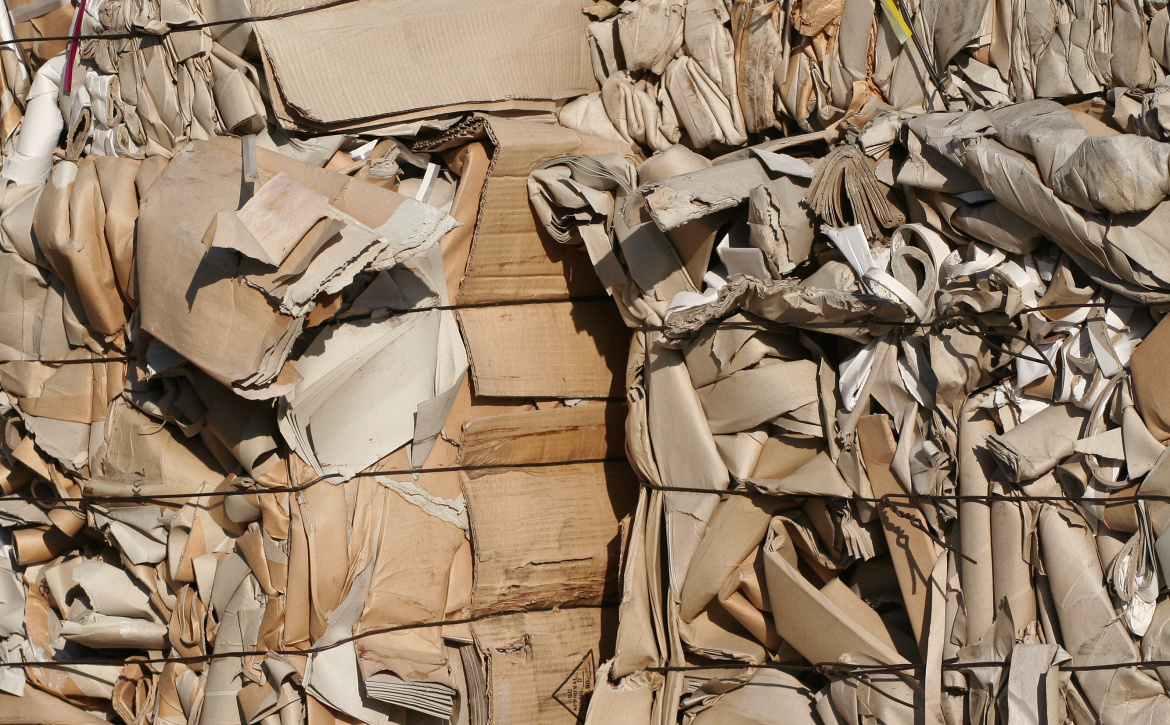There are 12 new New South Wales Protection of the Environment Operations Waste Regulations.
Part 5 of the 2014 Regulations commenced on 1 March 2015. Part 5 restricts consignors of waste from sending waste generated in the NSW metropolitan levy area to unlawful interstate waste facilities through implementing new waste tracking requirements. Part 5 applies to waste that has been generated in the metropolitan levy area and transported to an interstate waste facility. Waste tracking requirements now extend to include the transport of non-hazardous waste.
Exempt waste
Waste is exempt from Part 5 if it falls into any of the following categories:
- Transportation of less than 10 tonnes of waste
- Transportation of waste related to a scheduled activity – (this waste is regulated by Part 4 of the 2014 Regulations)
- Transportation of liquid waste
- Transportation of special waste that would be liquid waste if not for the definition of liquid waste in Part 3 of Schedule
- Transported in an emergency
- Transportation by pipeline
- Transportation in accordance with a product recall
- Transportation of waste from NSW that commenced before the commencement of Part 5.
- If the EPA grants an exemption under Part 9.
Transporting waste to interstate unlawfully
If a consignor transports waste to which Part 5 applies to an interstate waste facility that cannot lawfully receive the waste, the consignor faces maximum penalties of up to $22,000 for a corporation and $11,000 for an individual.
New reporting requirements
The consignor of the waste must provide the following information to the EPA within 3 days of the transportation of the waste commencing:
- Name, address and contact details of the consignor
- Name, address and contact details of the premises the waste was transported from
- Date on which the waste was transported from the facility
- Name, address and contact details of transporter
- Mode of transportation
- If transported by motor vehicle, the registration number of the vehicle
- Name and address of the interstate waste facility the waste is transported to
- Type and amount of waste in tonnes
The consignor of the waste must give the transporter of the waste the identifying particulars within 3 days of the commencement of transportation. Details will be provided via the existing EPA online waste tracking systems.
The transporter must notify the EPA in writing, within 4 days of the commencement of transportation, if the consignor has failed to give the transporter the identifying particulars. Non-compliance with the requirements of the consignor or the transporter may result in a maximum penalty of $22,000 for a corporation and $11,000 for an individual.
Changes do not create ‘export permit’ requirements
The EPA has emphasised that the expansion of waste tracking requirements do not amount to an ‘export permit’ requirement. The changes are aimed at ensuring EPA has current, accurate data on the type or the amount of waste being transported to other states. This information is to be used to manage the risk of moving and storing high-risk waste.
The ‘NSW Waste Regulation Cost-benefit Analysis’ prepared by the Centre for International Economics (October 2014) noted that the additional cost to industry for these waste tracking requirements is expected to be negligible as commercial contracting arrangements between waste management parties would necessitate collection of this information. Certainly, the maximum penalties for not complying are not negligible.
Further reading about the 12 areas of staged change to the NSW Protection of the Environment Operations Waste Regulations.











